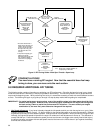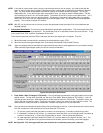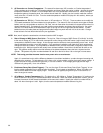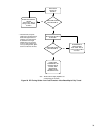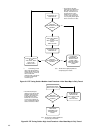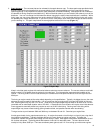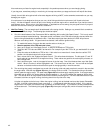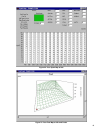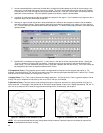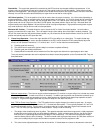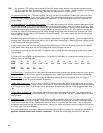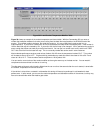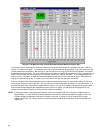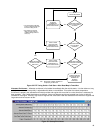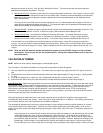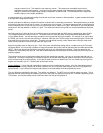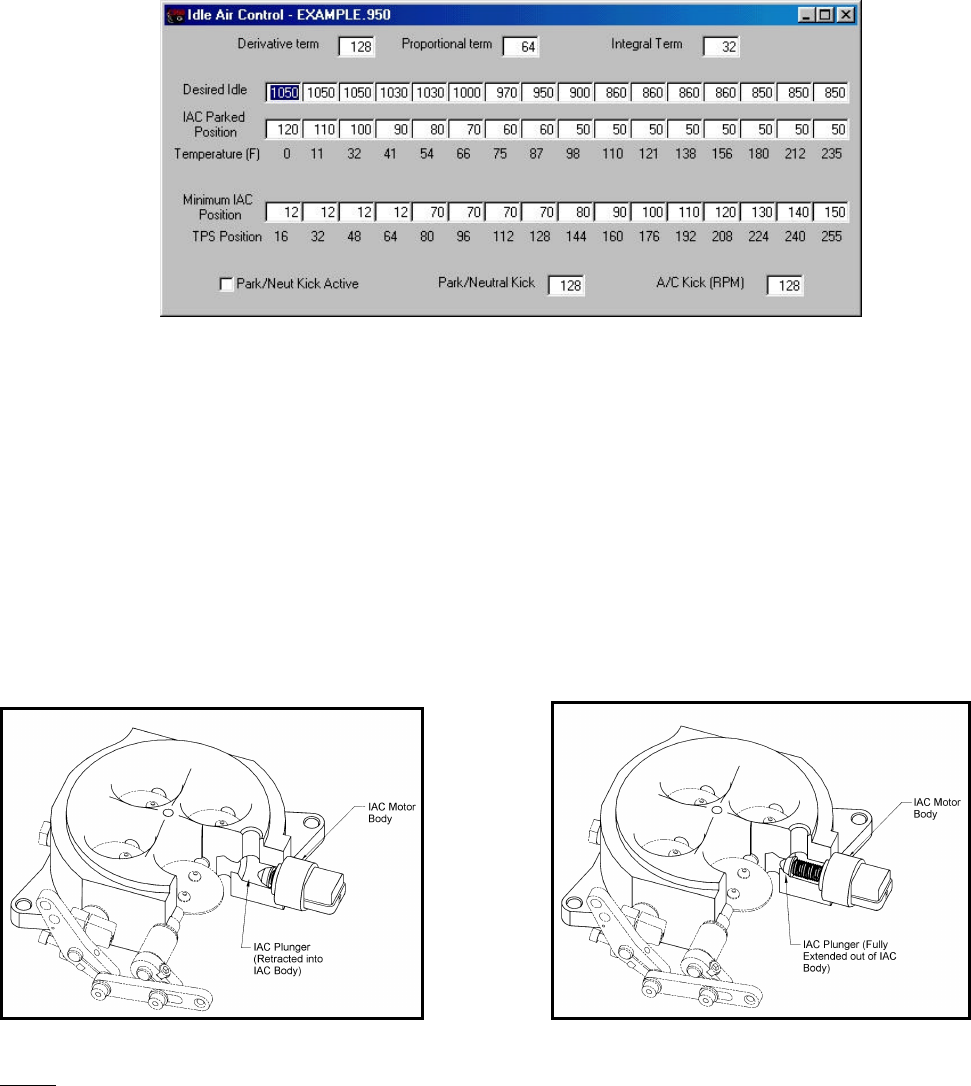
44
C. As was mentioned before, another key for best idle is to adjust the throttle plates so the idle air control motor is not
open much or at all when the engine is hot and in neutral. To do this, look at the data monitor and the IAC Position.
It should read 10-15 with the engine at the programmed desired idle. If the IAC is too far open, the desired cold idle
speed will not be maintained. If the idle speed is greater than desired, close the throttle plates.
D. A small tip is to set the engine to idle at a speed that is proper for the engine. If you installed a very large cam, don’t
expect the engine to idle comfortably at 600 rpm.
E. Running an engine-closed loop at idle is always desirable as it allows for the computer to alter the fuel as weather
and other conditions change. Some engines, particularly those with big camshafts, may need to run richer than the
14.7:1 air/fuel ratio that is maintained with closed loop operation. To modify closed loop parameters, see closed loop
operation below.
Figure 26
F. Sometimes it is necessary to change the P, I, and D terms in the idle air control area as shown above. Usually the
“P” term is lowered if a hunting idle is a problem. Changing this term to as low as 3-5 will slow how fast the IAC
motor moves. You can experiment with this value if you have a problem with the idle hunting. The D and I terms can
be changed but don’t have as significant effect and the P term.
P (Proportional Term)—The proportional term makes a change based on how far from the set point the engine is. For
example, if the desired idle is 750, the IAC would move more if the actual engine speed was 600 than if it was at 700. Exactly
how far the IAC moves is based on how large the “P term” is.
I (Integral Term)—The “I Term” acts to eliminate the steady state error. It is the job of the “I term” to get the engine to idle at
exactly 750 rpm (or whatever the set point is) and not at 740 or 760 rpm, for example.
D (Derivative Term)—This term doesn’t look at where the engine is right now, but where it is going and when it will be in a
half of a second. For example, if the desired idle is 750 and the engine speed is 700, but it is rapidly approaching 750, the “D
term” will try to close the IAC to slow the engine down and keep it from “overshooting” the set point.
Figure 27 Indicates an IAC Position of 200 Figure 28 Indicates an IAC Position of 10
NOTE: It is not recommended that the user change these values, however if desired, these can be altered to improve idle
characteristics and reduce “hunting”.



